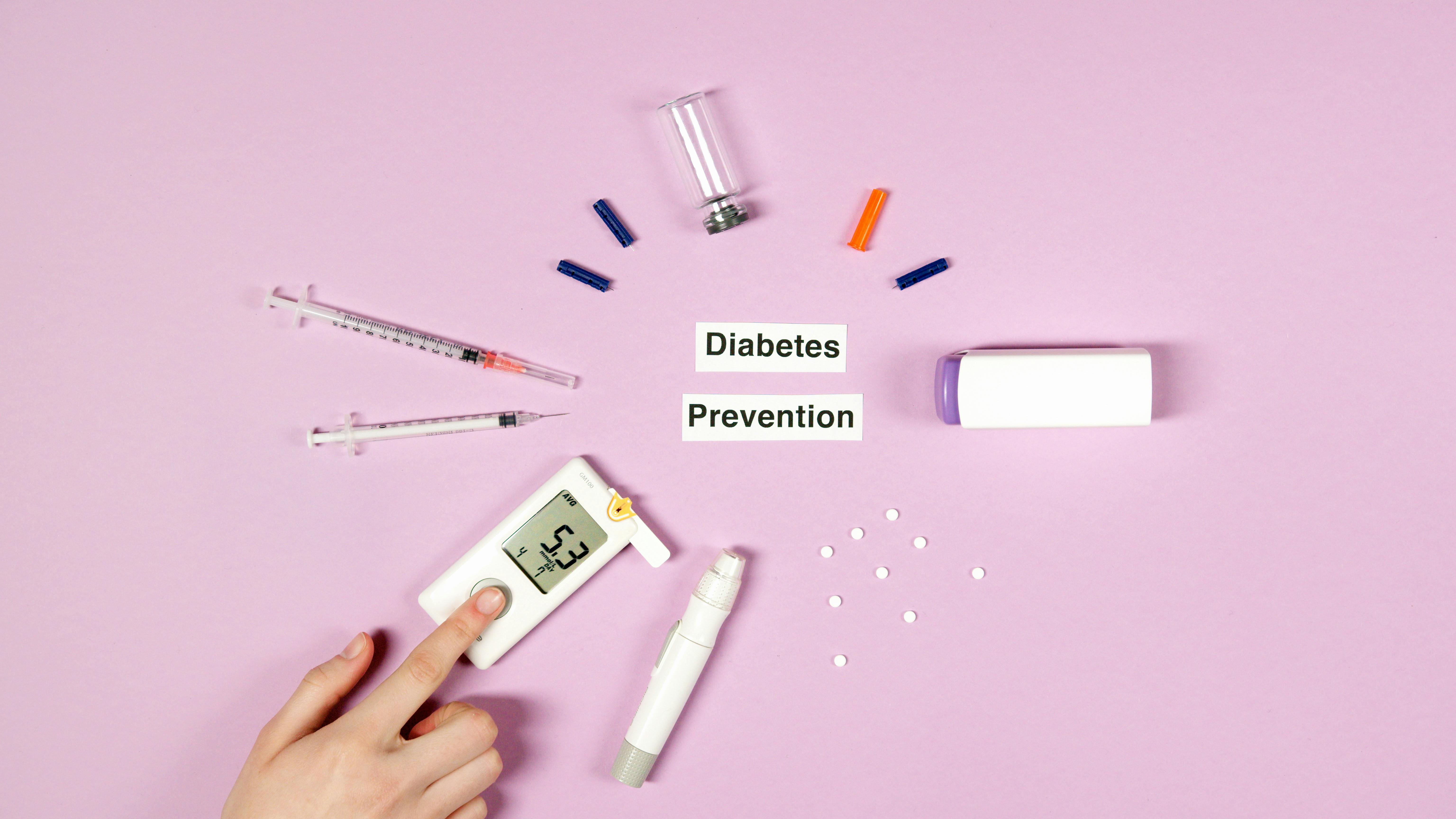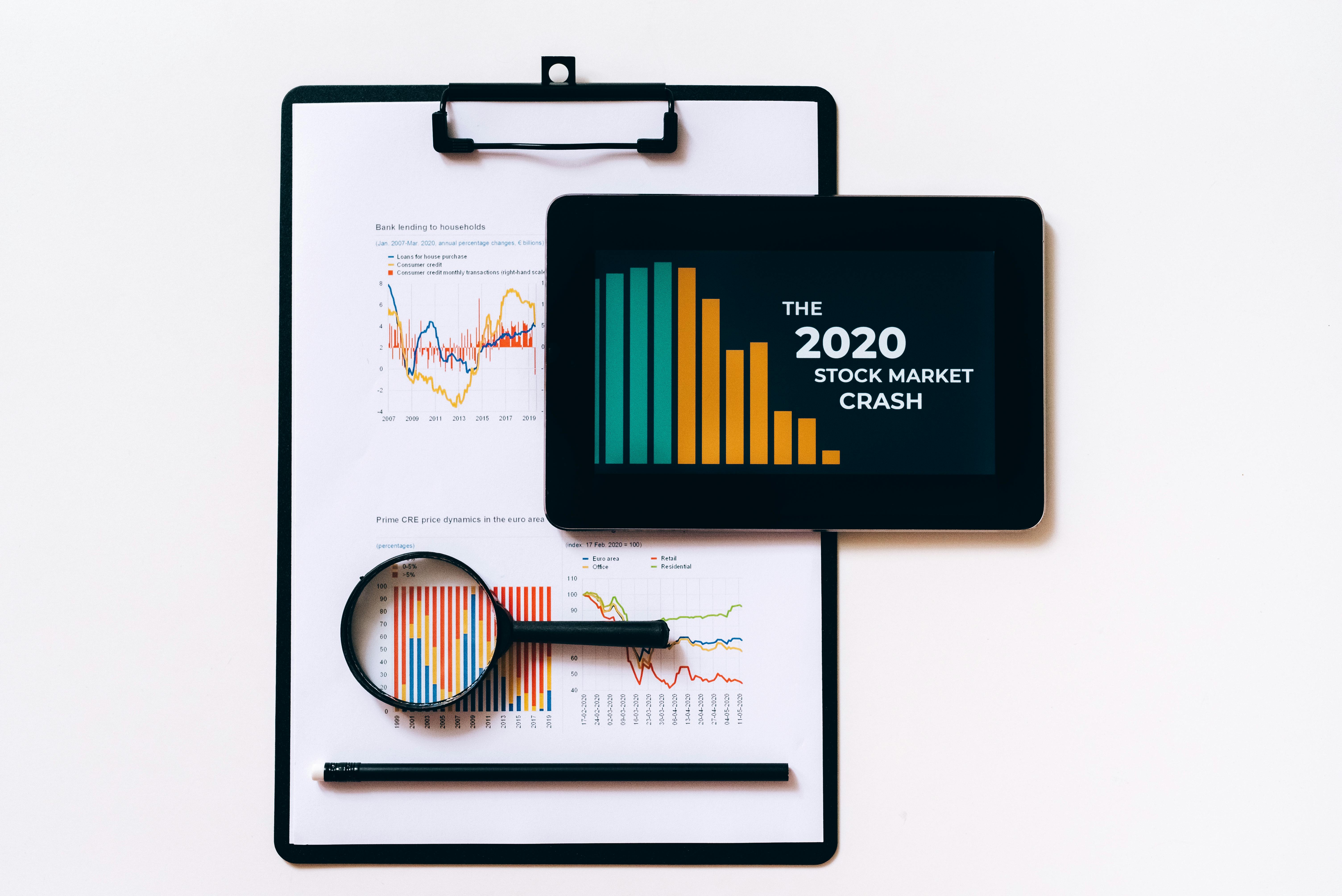Search engine optimization (SEO) is the process that prepares your website to be found in organic web searches. By organic searches, I mean web searches that appear naturally as a result of a search for a particular keyword or phrase, rather than appearing in the sponsored links (pay-per-click advertising) section of a search page.
Frankly, for the first couple of years I was online, the idea of doing my own SEO made me cross my eyes and I didn’t know where to start. I even toyed with the idea of hiring a specialist to do this for me, but never got around to it. However, over time, I slowly started to see a pattern emerging and started optimizing some of my sites accordingly. One of the best days of my business was when I recently ranked #1 for a particularly competitive search term.
I’m not a search engine optimization (SEO) specialist, nor do I play one on TV. However, even a new business owner who builds and updates their own websites can implement some very basic SEO strategies to get their website to appear higher in organic rankings for certain keyword searches.
Here are the 11 strategies I regularly implement on my sites for better SEO ranking:
1. Page title tags. This is the page information you see in your browser’s blue bar in the upper left corner when you visit a website. For better SEO, use your top 2 keywords in your title tag. The best way to do this is to separate them with a slash, as illustrated in this example: Internet Marketing | Web marketing.
2. Domain Name – If possible, use a primary keyword in your domain name. You will gain a slight edge over your competition by doing so. If you already have a domain that you have used for some time, include a keyword in the file names of your website pages. Example: http://www.yoursite.com/internet-marketing.htm if your keyword is internet marketing.
3. Meta tags. These are descriptions on a web page that most visitors don’t see except when looking at the page’s source code in their browser. While keyword and description meta tags used to be the primary way search engines indexed sites, that’s no longer the case. However, you shouldn’t ignore them entirely, as they are worth including as part of your page description. For optimal SEO, the meta description and keyword tags should be no longer than 150 characters each.
4. Header tags. Heading tags are HTML code that indicates a title, such as H1, H2, and H3, and appear as bold headings in your page content. The first 3 heading tags are the only ones you need to worry about, and the main heading tag, H1, is the most important. Use your main keyword once in your H1 tag, 2-3 times in your H2 tags, and multiple times in your H3 tags.
5. Alternate Image Tag – The alternate tag usually describes an image in a floating text window when you mouse over the image if the image cannot be displayed. The best use of any tag is to use your keywords in your image descriptions.
6. Format of the content. Search engines pay attention to formatted content, such as when text is bold, italic, and underlined. Be sure to bold keywords in your website content.
7. Keyword density. Keyword density refers to the number of times a keyword or keyword phrase appears on a web page. Instead of trying to focus on the number of times a keyword appears in your page content, aim for a more natural density by keeping your keyword phrases in mind as you write your page copy. Optimally, keyword density should be between 2% and 7%. There are several keyword density checkers available online to help you determine the keyword density of a page.
8. Anchor text. Anchor text refers to the links on a page that connect your visitor to other pages. So instead of telling someone to “click here” in your page content, include a keyword in your anchor text, as in “click here for dog training tips.”
9.. Incoming links. Reciprocal link exchange (you link to my site and I’ll link to yours) used to be a great way to attract search engine attention to your site. Now, search engines pay attention only to the quality and popularity of the site that provides you with an incoming link that is not a reciprocal link. One of the best ways to get quality inbound links to your site is to submit articles to high traffic article directories and submit press releases to paid press release services.
A second way to get high-quality inbound links is to list your site in search engine-friendly directories where listings are reviewed by humans. Google and other search engines give directories where listings are reviewed by real people more credibility than other types of directories. Consequently, these links carry a stronger and more favorable weight in the inbound link evaluation process.
10. New content. Content is still king, so one way to increase your page rank for a search term is to write high-quality articles that contain one or two of your keywords in the title, and publish them regularly (weekly is best). ) on your site. Search engines are always looking for good, fresh content, so your goal should be to make your site an information-rich resource for your industry.
11. Site Maps. There are sitemaps that help a visitor navigate a site and sitemaps that are designed expressly for search engines. The two are not the same. To improve your site, submit an xml sitemap to Google Webmaster Central and Yahoo Site Explorer. I use XML Sitemaps, www.xml-sitemaps.com to create search engine friendly sitemaps on my sites.
Search engine optimization strategy is not as difficult as it seems. Take some time to do keyword research for your site, and then spend another 15 minutes a day employing some of these strategies until you have a well-optimized site. Why pay for visitors through pay per click advertising if you don’t have to?
Copyright (c) 2008 OnlineBizU.com










